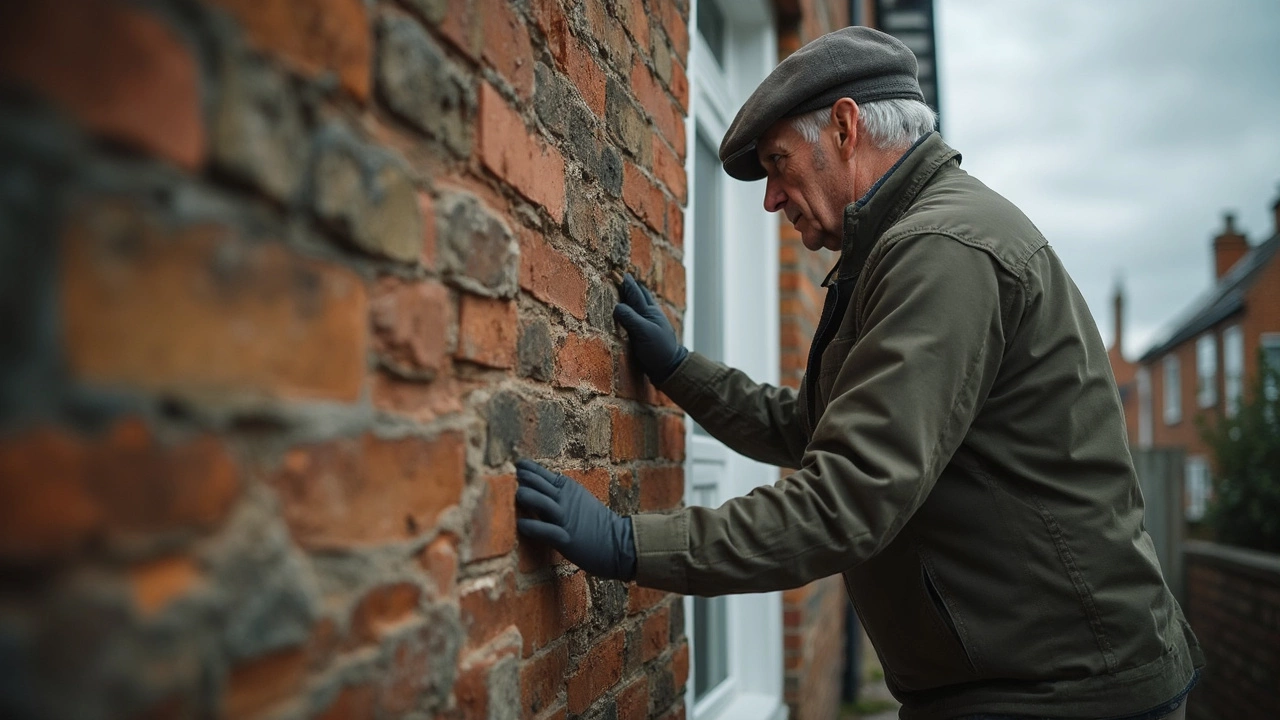Wondering if your home needs major foundation repair? This in-depth article breaks down what counts as major, which signs signal big trouble, and what homeowners can expect from the repair process. You'll learn about repair types, costs, timelines, and some surprising facts every homeowner should know. Don't gamble with your home's most important support—discover the concrete realities of foundation fixes.
Structural Foundation Repair: What Homeowners Need to Know
If your house has cracks in the walls, doors that stick, or uneven floors, the foundation might be moving. A shifting foundation can lead to expensive repairs, lower property value, and safety concerns. The good news is you can spot problems early, plan repairs, and avoid surprise costs.
Common Causes of Foundation Problems
Most foundation issues come from soil movement. When the ground dries out or gets too wet, it expands or contracts, pulling the concrete slab or footings with it. Poor drainage, leaking pipes, and tree roots are frequent culprits. In colder regions, freeze‑thaw cycles can also push a slab up, creating gaps.
Another hidden cause is the weight of new additions. Adding a heavy kitchen island, large hot tubs, or even a second story can overload the original design. If the original builder didn’t follow proper standards, the structure may already be vulnerable. Knowing the source helps you choose the right fix.
How to Plan and Pay for Repairs
First, get a professional inspection. A qualified structural engineer will measure settlement, check for cracks, and tell you whether the issue is minor or severe. Their report will include a repair recommendation and an estimate. Most homeowners start with a small, targeted repair like piering or slab jacking before tackling larger work.
When budgeting, factor in labor, materials, and any needed permits. Repairs can range from a few thousand pounds for a small crack to tens of thousands for major underpinning. To keep costs down, ask for multiple quotes and look for contractors who specialize in foundation work. Some offer payment plans or financing.
Insurance often skips foundation problems unless water damage is involved. Homeowners policies usually exclude settlement‑related repairs, while building insurance may cover broken pipes but not the resulting foundation shift. Check your policy’s exclusions and talk to your insurer about adding a rider if you live in high‑risk soil areas.
Some local councils provide grants for structural repairs, especially if the work improves safety. It’s worth checking council websites or speaking with a building control officer. A grant can offset up to 20‑30% of the cost, making a big difference for larger projects.
While the repair is underway, protect your home’s interior. Cover furniture, move valuables off the floor, and keep the work area clean. Simple steps like using drop cloths and sealing drilled holes can prevent water from entering and causing new issues.
After the repair, keep an eye on the foundation for at least a year. Small movement can still happen as the ground settles again. Regularly check for new cracks, doors that stick, or gaps around windows. Early detection means you can catch fresh issues before they grow.
Fixing a structural foundation problem isn’t a DIY job, but understanding the causes, costs, and insurance gaps makes the process less stressful. With a solid plan, the right professionals, and a clear budget, you can protect your home and keep its value intact.
